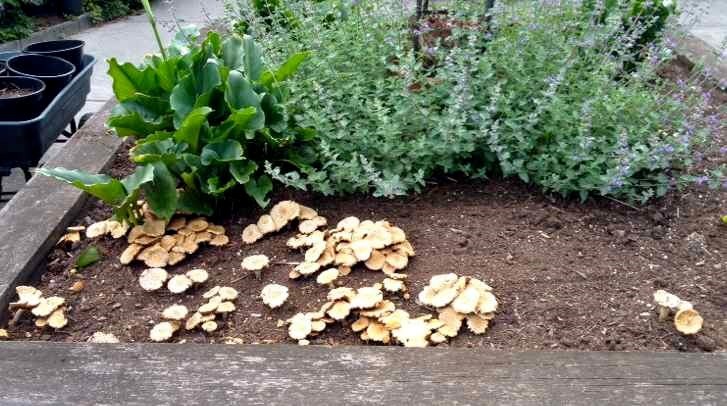In spring, do all those bags of soil and compost leave you confused? Which one is better? How is it used? Here's the simple answer, from Mother Nature herself.
Think of a forest or meadow floor. Dead grass, falling leaves and branches are not swept up or blown away. Instead, they accumulate on the earth. Initially, they act as a cover to keep moisture in the soil, like warmth under a blanket, which in turn reduces temperature fluctuations. In winter this blanket insulates the soil from freezing temperatures; in spring and summer it acts as a barrier to prevent unwanted seeds to germinate and grow as weeds. Over time, fallen leaves and other plant debris breaks down into its original ingredients, to feed the plants.
Here's the science behind soil. Soil is composed of 45 per cent fine or coarse mineral particles, clay or sand. Decaying vegetable matter (five per cent), air and water (25 per cent each) makes soil viable for plant life. Only this five per cent organic material feeds bacteria, fungus, earthworms and arthropods. The fauna give off carbon dioxide that dissolves the minerals used by the flora.
In a nutshell:
• Soil equals 45 per cent minerals, clay/sand, plus 25 per cent air plus 25 per cent water plus five per cent decaying vegetable matter
• Five per cent decaying vegetable matter feeds:
– bacteria - converts humus to ammonia to nitrogen (roots)
–fungus - decompose lignin, hard to digest vegetation into humus
–earthworms - add calcium (water dissolves other minerals)
–arthropods - create tunnels to supply water and air to roots
Ladner or Tsawwassen flats soil is probably six inches of landscaper's topsoil on top of the original soil. On low land, that's river delta - fine-textured clay layers with a bit of silty loam or silty clay with sand. With our high water table, it is poorly drained and probably acidic.
Tsawwassen slope's base soil is mostly loamy sand or gravelly sand. That makes it moderately well-drained with low water retention. Your plants will need careful watering in dry summers.
All flower beds need a good feed with any good top-dressing like well-rotted manure or compost. Layer it on top of the soil, but be careful not to smother any perennials or low-growing flowers. Apply top-dressing again in fall, along with lime to counter the acidity.
Going cheap? Be ready for half-decayed compost that grows mushrooms along with weed roots, and plastic. By law, soil may contain five per cent plastic/polymer materials.
Be a wise consumer. You pay for what you get.
Remember: nutrients + water + air = happy plants.



